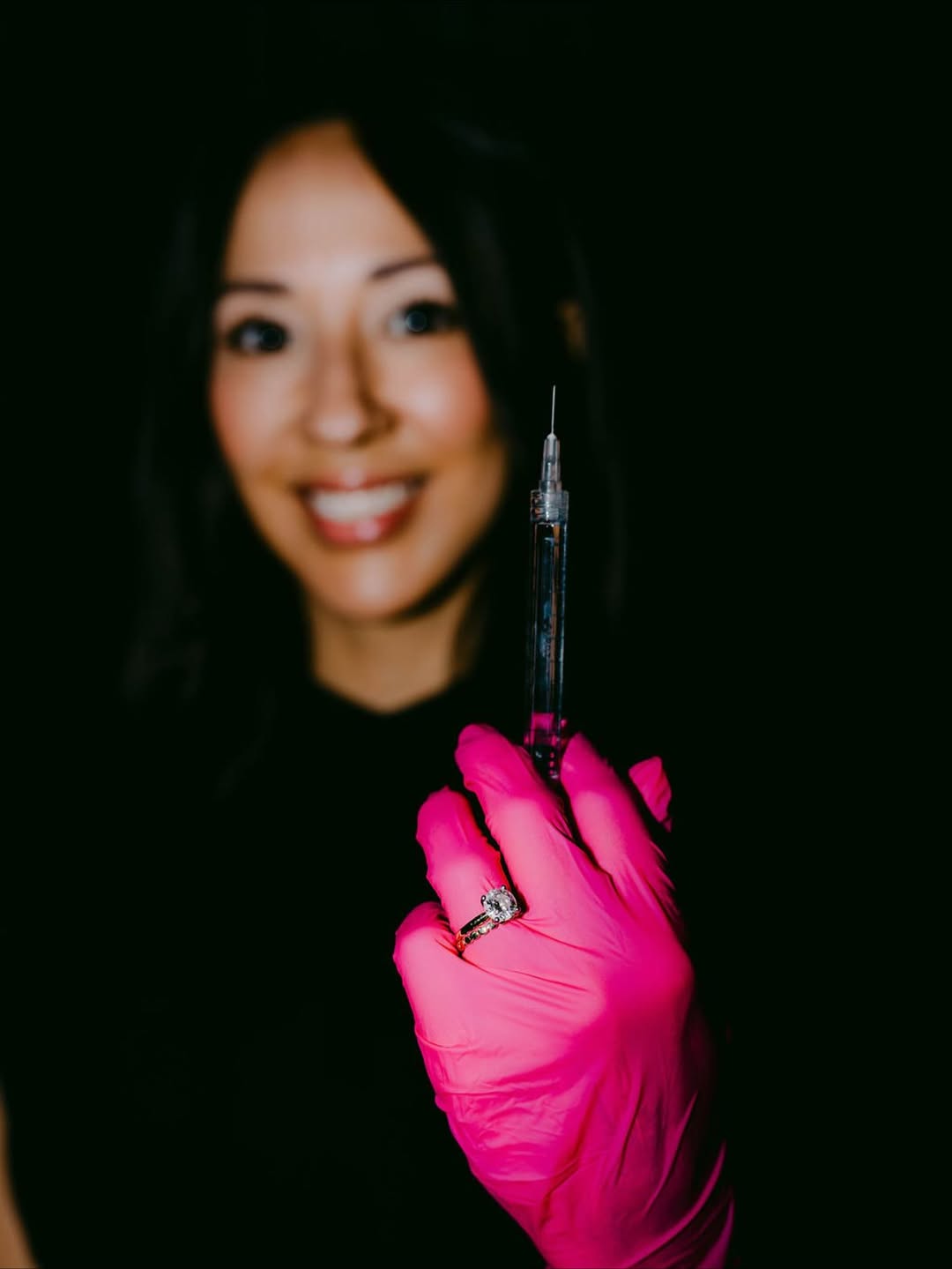
Neurotoxins often sound terrifying and most people imagine dangerous poisons or alarming headlines. But get this. Botulinum toxin, the world’s most powerful neurotoxin, is used millions of times each year for safe cosmetic treatments like wrinkle smoothing and migraine relief. It turns out these complex compounds are not only everywhere in nature and in our daily lives but are also transforming modern medicine in ways few expect.
Table of Contents
Quick Summary
| Takeaway | Explanation |
| Neurotoxins disrupt nervous system function. | These substances impair nerve communication, causing neurological damage through various biological mechanisms. |
| Exposure occurs in everyday environments. | Common sources include household products, heavy metals, and industrial chemicals that may impact neurological health. |
| Natural neurotoxins can also pose health risks. | Organisms in nature produce neurotoxins that may result in severe neurological effects if humans encounter them. |
| Medical neurotoxins have cosmetic uses. | Compounds like Botox effectively smooth wrinkles and treat certain muscle disorders by blocking nerve signals. |
| Consult professionals before neurotoxin treatments. | Thorough discussions with qualified practitioners are essential for safe and effective neurotoxin applications to ensure optimal results. |
1: Understanding Neurotoxins and Their Effects
Neurotoxins represent a complex category of substances that can profoundly disrupt the normal functioning of the nervous system. These compounds interfere with nerve cell communication, potentially causing significant neurological damage through various mechanisms. While many people associate neurotoxins exclusively with harmful substances, the reality is far more nuanced.
At their core, neurotoxins are molecules capable of causing adverse effects on the structure or function of the nervous system. They can impact neural communication by disrupting neurotransmitter processes, damaging cellular membranes, or interfering with critical cellular metabolic functions. Understanding their potential impact requires examining how they interact with biological systems.
Key Characteristics of Neurotoxins Include:
-
Ability to cross biological barriers like the blood brain barrier
-
Potential for both acute and chronic neurological damage
-
Varying levels of toxicity depending on exposure and concentration
-
Complex interactions with cellular mechanisms
The sources of neurotoxins are remarkably diverse, ranging from industrial chemicals and environmental pollutants to natural compounds found in certain plants, animals, and microorganisms. According to Environmental Health Perspectives, human exposure can occur through multiple pathways including ingestion, inhalation, and direct skin contact.
Scientific research continues to reveal the intricate ways neurotoxins can impact human health. Neurological systems are particularly vulnerable, with potential consequences ranging from temporary cognitive impairment to long term neurological disorders. Understanding these substances is not just an academic exercise but a critical aspect of protecting human health in an increasingly complex environmental landscape.
While the term “neurotoxin” might sound alarming, it is important to recognize that toxicity depends on multiple factors including concentration, exposure duration, and individual physiological responses. Not all interactions with neurotoxic substances result in immediate or permanent damage, which underscores the complexity of their biological interactions.
2: Common Examples of Neurotoxins in Everyday Life
Neurotoxins are more prevalent in our daily environment than most people realize. From household products to industrial chemicals, these substances can silently impact our neurological health. Understanding their sources helps us make informed choices about potential exposure and risk mitigation.
Some common everyday neurotoxins emerge from surprisingly mundane sources. Mercury, for instance, exists in various forms that can infiltrate our living spaces through unexpected channels. According to National Institutes of Health, environmental exposure can occur through multiple pathways.
Key Everyday Neurotoxin Sources Include:
-
Industrial cleaning products
-
Certain pesticides and agricultural chemicals
-
Heavy metals in water and food supply
-
Paint and solvent compounds
-
Electronic device manufacturing byproducts
Pesticides represent a significant neurotoxin category that frequently enters residential environments. Organophosphate pesticides, commonly used in agriculture and home gardening, can profoundly disrupt neurological functioning. These chemicals interfere with acetylcholinesterase, an enzyme critical for proper nerve signal transmission.
Heavy metals like lead and mercury pose particular risks, especially for children and developing neurological systems. Even low level exposure can potentially cause long term cognitive impacts. Paint in older homes, certain fish species, and industrial pollution represent primary contamination routes.
Consumer electronics and manufacturing processes introduce another layer of neurotoxin exposure. Electronic waste and manufacturing byproducts contain compounds like brominated flame retardants and persistent organic pollutants that can accumulate in human biological systems.
Mitigating neurotoxin risks requires awareness and proactive strategies. Choosing organic produce, using natural cleaning products, and understanding product ingredient lists can significantly reduce potential neurological exposure. While complete elimination is challenging, informed consumer choices provide meaningful protection against these pervasive environmental hazards.
3: Natural Neurotoxins: Sources and Risks
Natural environments harbor numerous neurotoxins that can pose significant health risks, often in subtle and unexpected forms. While nature provides incredible biological diversity, some organisms and plants have developed potent neurotoxic compounds as defense mechanisms or predatory tools.
Some of the most powerful naturally occurring neurotoxins emerge from unexpected sources, ranging from exotic marine creatures to common plants and fungi. Understanding these sources helps individuals recognize potential exposure risks and take appropriate precautions.
Prominent Natural Neurotoxin Sources Include:
-
Venomous animal species
-
Certain plant extracts
-
Marine organism toxins
-
Fungal compounds
-
Bacterial neurotoxic substances
According to National Center for Biotechnology Information, marine environments represent particularly rich sources of complex neurotoxic compounds. Creatures like pufferfish, certain jellyfish, and sea snails produce potent neurological agents that can rapidly disrupt nerve function.
Plant kingdom neurotoxins demonstrate remarkable complexity. Hemlock, for instance, contains coniine a compound that can cause respiratory paralysis by blocking nerve signal transmission. Some mushroom species produce neurotoxins capable of causing permanent neurological damage with even minimal exposure.
Bacterial neurotoxins present another critical natural source. Botulinum toxin, produced by Clostridium botulinum bacteria, represents one of the most potent natural neurotoxins. Interestingly, medical science has learned to harness this toxin for therapeutic purposes, transforming a dangerous compound into a controlled treatment mechanism.
Primitive organisms like certain marine dinoflagellates produce powerful neurotoxins that can accumulate in seafood chains. These compounds can cause neurological disorders through biomagnification, highlighting the intricate ways natural neurotoxins can enter human biological systems.
While natural neurotoxins sound intimidating, understanding their sources and potential impacts allows for informed risk management. Proper identification, avoiding direct contact, and understanding ecological interactions provide essential protective strategies against these complex biological compounds.
4: Medical Neurotoxins: Uses in Cosmetic Treatments
Medical neurotoxins have revolutionized cosmetic treatments, transforming how professionals approach aesthetic enhancement. What was once perceived as a harmful substance now serves as a precise tool for reducing wrinkles, managing muscle disorders, and creating subtle yet significant aesthetic improvements.
Botulinum toxin, commonly known as Botox, represents the most prominent medical neurotoxin in cosmetic applications. By strategically blocking nerve signals, this compound temporarily paralyzes targeted muscle groups, smoothing facial lines and preventing dynamic wrinkle formation. Learn more about our neurotoxin treatments to understand the nuanced approach to aesthetic enhancement.
Key Cosmetic Applications of Medical Neurotoxins:
-
Smoothing facial wrinkles and fine lines
-
Reducing excessive sweating
-
Managing migraine symptoms
-
Correcting facial asymmetries
-
Treating muscle spasms
According to Journal of Clinical and Aesthetic Dermatology, medical neurotoxins offer precision that traditional treatments cannot match. The ability to target specific muscle groups allows practitioners to create natural looking results with minimal invasiveness.
Beyond aesthetic applications, medical neurotoxins demonstrate remarkable therapeutic potential. Neurological disorders like cervical dystonia and blepharospasm benefit significantly from carefully administered neurotoxin treatments. The compounds interrupt problematic nerve signaling, providing relief and improved quality of life.
Modern cosmetic neurotoxin treatments require extensive training and profound understanding of facial anatomy. Practitioners must map muscle interactions precisely, understanding how minimal interventions can produce substantial aesthetic improvements. The goal is not to eliminate expression but to soften and refine natural facial movements.
Emerging research continues to expand our understanding of medical neurotoxins. From treating chronic pain to potential neurological disorder management, these compounds represent a fascinating intersection of medical science and aesthetic innovation. Patients seeking treatments should always consult qualified professionals who understand the intricate balance between medical application and aesthetic enhancement.
5: Potential Side Effects of Neurotoxins to Consider
While neurotoxins offer remarkable medical and cosmetic benefits, understanding their potential side effects is crucial for informed decision making. Not all neurotoxin interactions result in severe complications, but awareness of possible risks helps patients make educated choices about their health and treatments.
Neurotoxin exposure can manifest through various physiological responses, ranging from mild temporary symptoms to more complex neurological complications. The severity and likelihood of side effects depend on multiple factors including exposure duration, concentration, and individual biological sensitivity.
Potential Neurotoxin Side Effects Include:
-
Temporary neurological disruptions
-
Muscle weakness or paralysis
-
Cognitive function impairments
-
Sensory perception alterations
-
Potential long term neurological changes
According to National Institute of Neurological Disorders and Stroke, individual responses to neurotoxins can vary dramatically. Some individuals might experience minimal impact, while others could develop more significant neurological complications.
Cosmetic neurotoxin treatments, while generally considered safe, can produce specific side effects. Patients might experience localized muscle weakness, temporary drooping of facial muscles, or mild bruising at injection sites. These reactions typically resolve spontaneously but warrant professional medical monitoring.
Environmental and industrial neurotoxin exposures present more complex risk profiles. Chronic low level exposure can potentially cause cumulative neurological damage, affecting cognitive functions, motor skills, and overall neurological health. Populations working in industrial settings or living near contamination sources face higher potential risks.
Mitigation strategies involve comprehensive medical screening, understanding individual risk factors, and implementing protective measures. Regular neurological assessments, minimizing exposure, and maintaining overall health can significantly reduce potential neurotoxin related complications.
Patients considering neurotoxin based treatments should engage in thorough consultations with qualified healthcare professionals. Transparent discussions about medical history, potential risks, and individual health conditions provide the most effective approach to managing neurotoxin related treatments.
6: How to Safely Use Neurotoxins for Beauty Enhancement
Safety and precision are paramount when utilizing neurotoxins for aesthetic improvements. Modern beauty enhancement requires a sophisticated approach that balances scientific understanding with personalized treatment strategies. Choosing the right neurotoxin involves careful consideration of individual skin characteristics and aesthetic goals.
Professional consultation represents the foundational step in safe neurotoxin application. Qualified practitioners conduct comprehensive medical assessments, evaluating factors like skin type, muscle structure, and potential contraindications before recommending specific treatments.
Critical Safety Considerations for Neurotoxin Treatments:
-
Verify practitioner’s professional credentials
-
Discuss complete medical history
-
Understand potential side effects
-
Set realistic aesthetic expectations
-
Follow precise post treatment instructions
According to American Society of Plastic Surgeons, proper patient screening dramatically reduces potential complications. Personalized treatment plans that account for individual physiological variations ensure optimal results and minimize risks.
Professional practitioners utilize advanced mapping techniques to identify precise muscle groups for targeted neurotoxin application. This approach allows for subtle, natural looking enhancements that preserve facial expressiveness while addressing specific aesthetic concerns.
Dosage control represents another critical safety element. Experienced professionals understand the delicate balance required to achieve desired aesthetic outcomes without compromising natural facial movement. Minimal, strategic interventions produce more refined results compared to aggressive treatments.
Patients should maintain transparent communication with their practitioners, reporting any unusual reactions or concerns promptly. Post treatment care involves avoiding extensive physical strain, maintaining proper hydration, and following specific recovery guidelines provided by medical professionals.
Ultimately, safe neurotoxin use combines scientific precision, professional expertise, and individual patient care. By approaching aesthetic enhancement as a collaborative, personalized process, patients can achieve natural looking results with minimal risk.
7: The Role of Neurotoxins in Preventive Care
Preventive care represents an innovative frontier where neurotoxins transition from cosmetic interventions to powerful therapeutic tools. By addressing potential neurological vulnerabilities early, medical professionals can develop proactive strategies that mitigate long term health risks and optimize neurological function.
Neurotoxins demonstrate remarkable potential in early intervention strategies, offering targeted approaches to managing emerging health challenges before they become chronic conditions. This paradigm shift represents a sophisticated understanding of how strategic medical interventions can preserve neurological wellness.
Key Preventive Care Applications of Neurotoxins:
-
Mitigating chronic migraine symptoms
-
Addressing muscle spasticity
-
Managing neurological movement disorders
-
Preventing progressive nerve damage
-
Reducing inflammation in neurological systems
According to National Institute of Neurological Disorders, early neurotoxin interventions can significantly alter disease progression trajectories. Targeted neurological treatments allow medical professionals to interrupt potential degenerative processes before they become irreversible.
Beyond traditional therapeutic applications, neurotoxins offer promising preventive mechanisms for age related neurological decline. Emerging research suggests that carefully administered neurotoxin treatments might help maintain neural plasticity, potentially slowing cognitive aging processes.
Comprehensive preventive care approaches require sophisticated diagnostic techniques. Medical practitioners must develop nuanced understanding of individual neurological profiles, identifying potential vulnerabilities and designing personalized intervention strategies.
The integration of neurotoxins into preventive care models represents a sophisticated approach to health management. By viewing these compounds as precision medical tools rather than simply cosmetic treatments, healthcare professionals can develop more comprehensive strategies for maintaining neurological wellness.
Patients interested in preventive neurotoxin treatments should engage in thorough consultations, exploring personalized approaches that align with their specific health profiles and long term wellness objectives. The future of preventive care lies in these targeted, individualized interventions that address potential health risks before they manifest as significant medical challenges.
Below is a comprehensive table summarizing the main topics, key examples, uses, and safety aspects of neurotoxins as discussed in the article.
| Topic | Key Points & Examples | Benefits/Uses | Safety Considerations |
| Neurotoxins Overview | Disrupt nervous system function; found naturally & in industrial products | Central in medicine, consumer and environmental health | Effects depend on dose and exposure |
| Everyday/Lifestyle Neurotoxins | Mercury, lead, pesticides, solvents, cleaning products | Awareness helps reduce unintentional exposure | Use safe products and reduce contact |
| Natural Neurotoxins | Sources: venomous animals, toxic plants (hemlock), bacteria (botulinum) | Used in medicine (Botox), knowledge prevents accidental poisoning | Avoid known sources and contaminated food |
| Medical/Cosmetic Uses | Botulinum toxin (Botox), Xeomin, Dysport | Wrinkle reduction, migraine relief, muscle spasm and sweating control | Requires trained professionals and health screening |
| Potential Side Effects | Muscle weakness, temporary paralysis, sensory changes, cognitive issues | Most cosmetic applications are safe and side effects rare | Monitor for adverse reactions; consult providers |
| Safe Use for Beauty Enhancement | Professional consultation, personalized plans, proper dosage | Natural-looking results, minimal downtime, low risk with proper care | Credentialed experts and patient transparency |
| Neurotoxins in Preventive Care | Used for migraines, spasticity, movement disorders, early intervention | May delay neurodegeneration, manage chronic symptoms | Individualized approach; ongoing assessment |
Ready to Experience the Safe Side of Neurotoxins?
Now that you understand how everyday neurotoxins can affect your health and appearance, you might be searching for trustworthy solutions to manage signs of aging while protecting your well-being. Many people worry about side effects or complications when considering neurotoxin treatments. The Injection Room specializes in medical-grade care that prioritizes your safety and confidence. Our experts use advanced techniques to give you smoother, more youthful skin without compromising your natural expression.
Why wait to take control of your beauty and peace of mind? Visit The Injection Room to schedule a professional consultation. Learn how our team transforms your concerns into real results by merging science and artistry. Experience personalized care with every treatment—book your visit today for healthier, glowing skin that keeps you feeling empowered.
Frequently Asked Questions
What are neurotoxins?
Neurotoxins are substances that can disrupt the normal functioning of the nervous system, potentially causing neurological damage through various mechanisms.
What are common sources of neurotoxins in everyday life?
Common sources of neurotoxins include industrial cleaning products, certain pesticides, heavy metals in food and water, and pollutants from electronic devices.
How can neurotoxins impact health?
Neurotoxin exposure can lead to various health issues, including temporary cognitive impairment, muscle weakness, and long-term neurological disorders depending on the type and level of exposure.
How are neurotoxins used in cosmetic treatments?
Medical neurotoxins, such as botulinum toxin (commonly known as Botox), are used to reduce wrinkles and treat certain muscle disorders by temporarily blocking nerve signals to muscles.











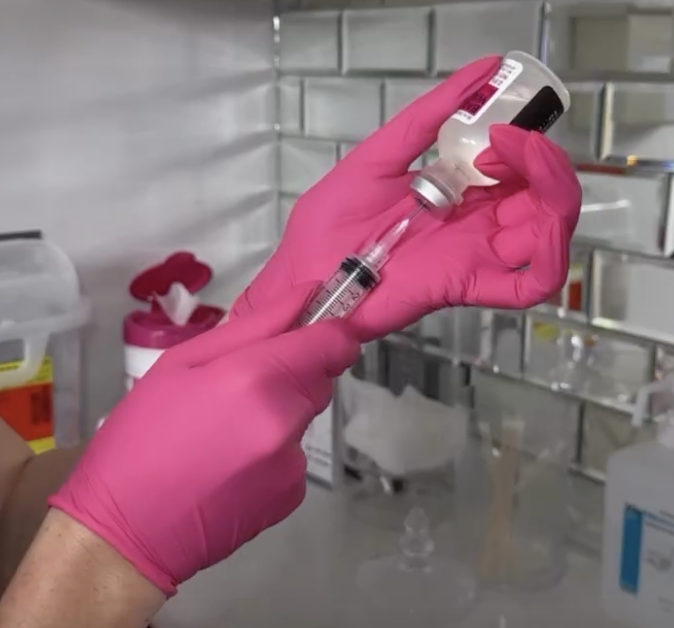


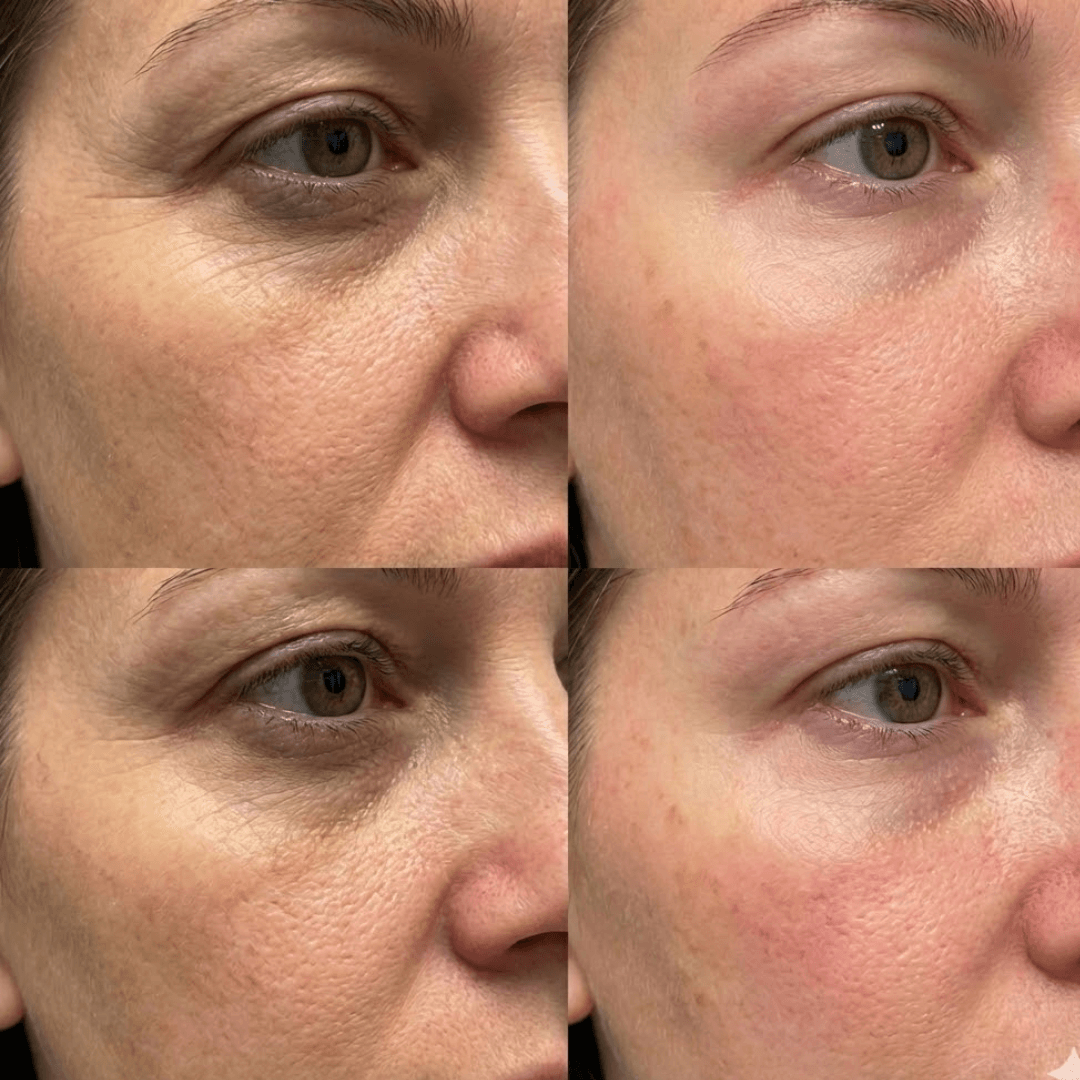
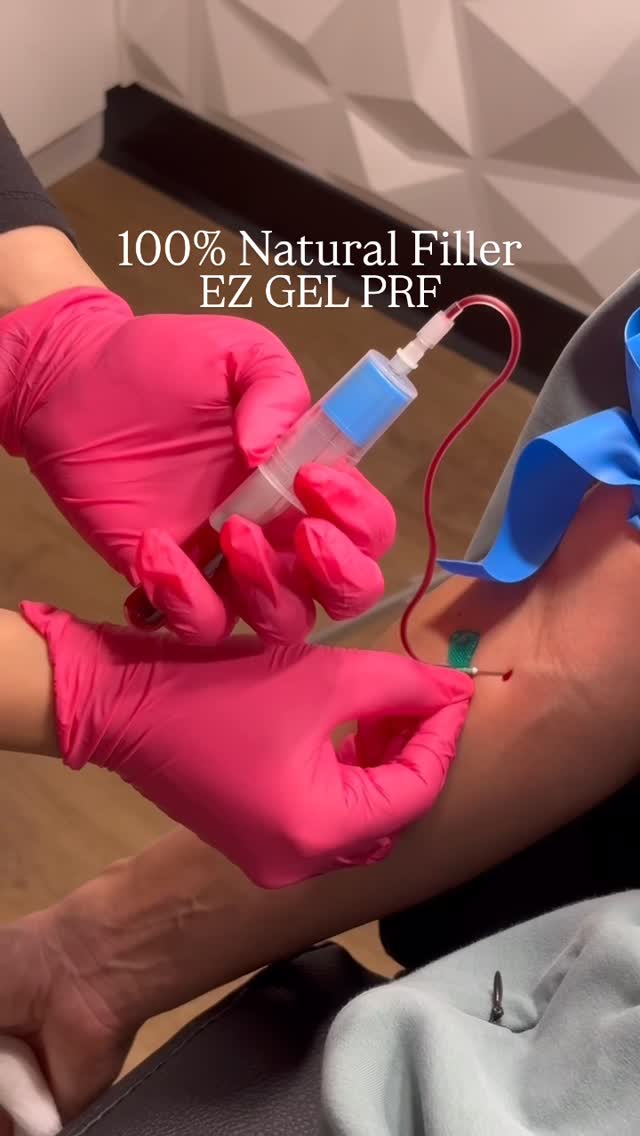
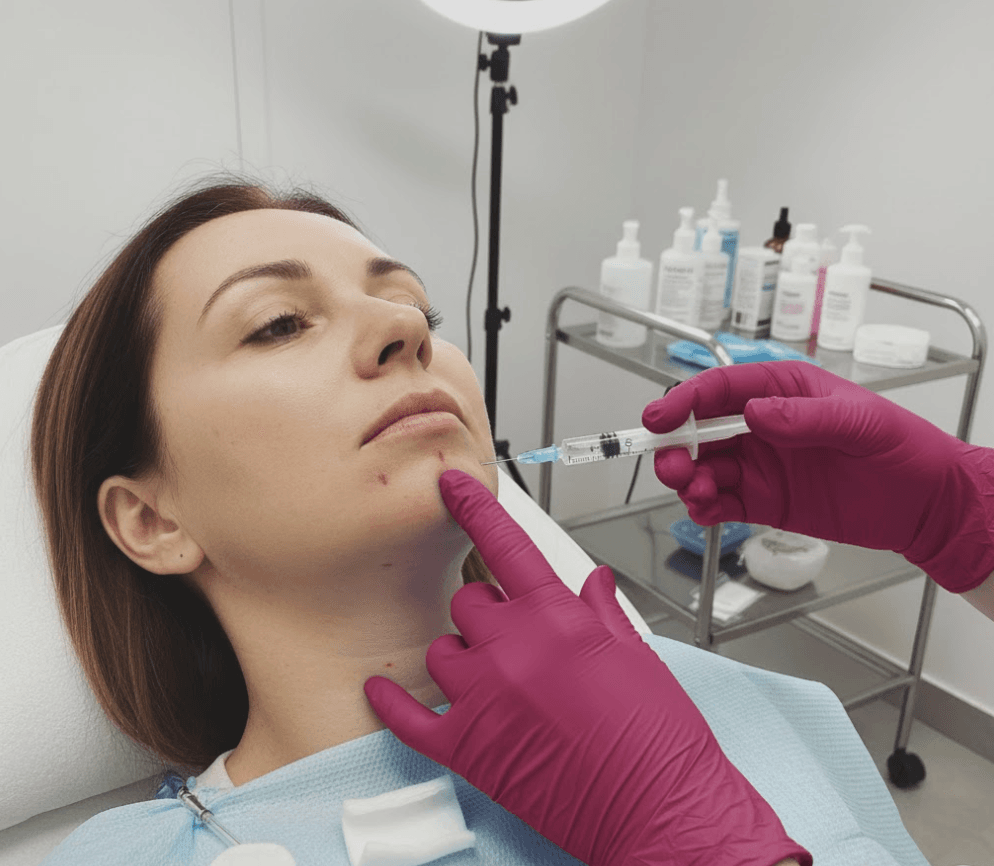












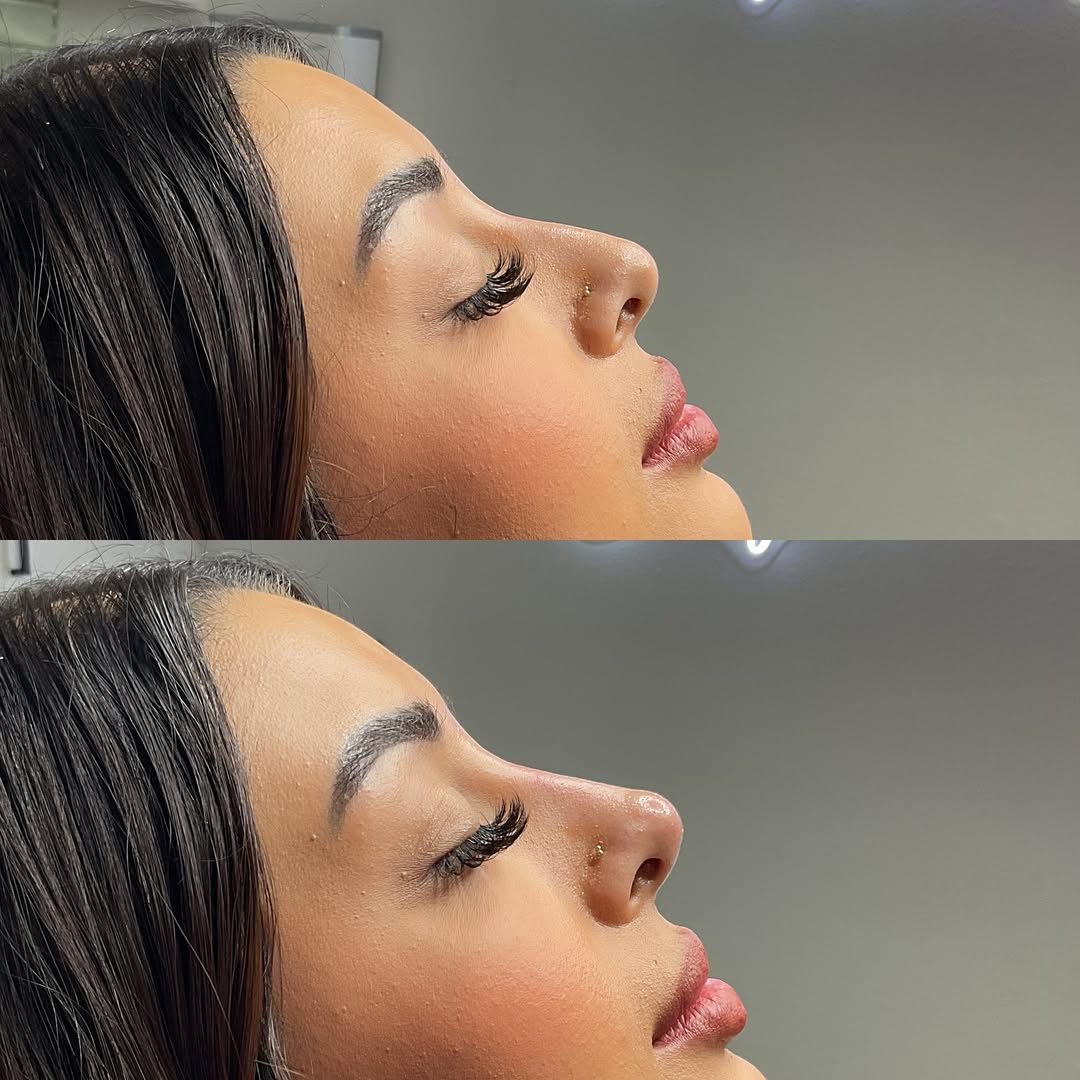


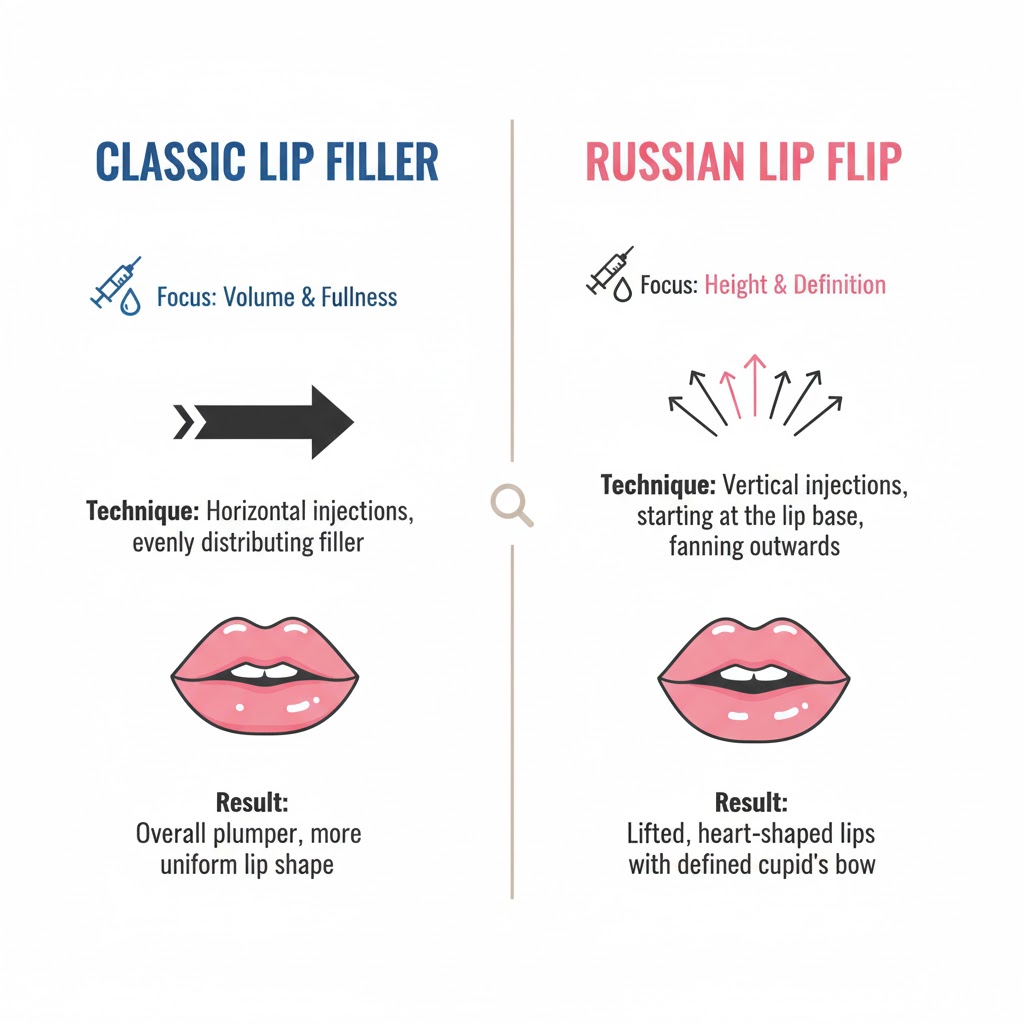

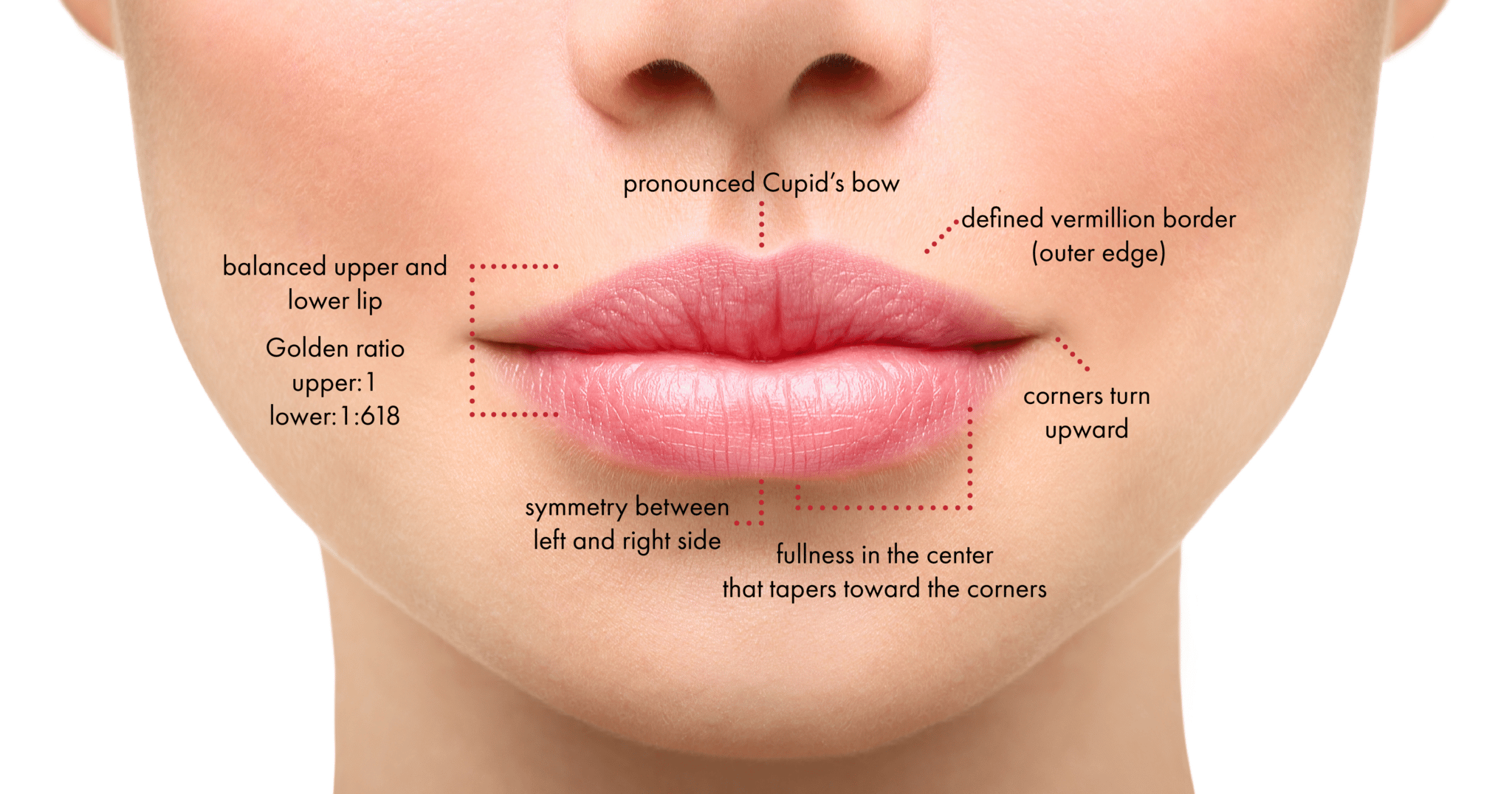
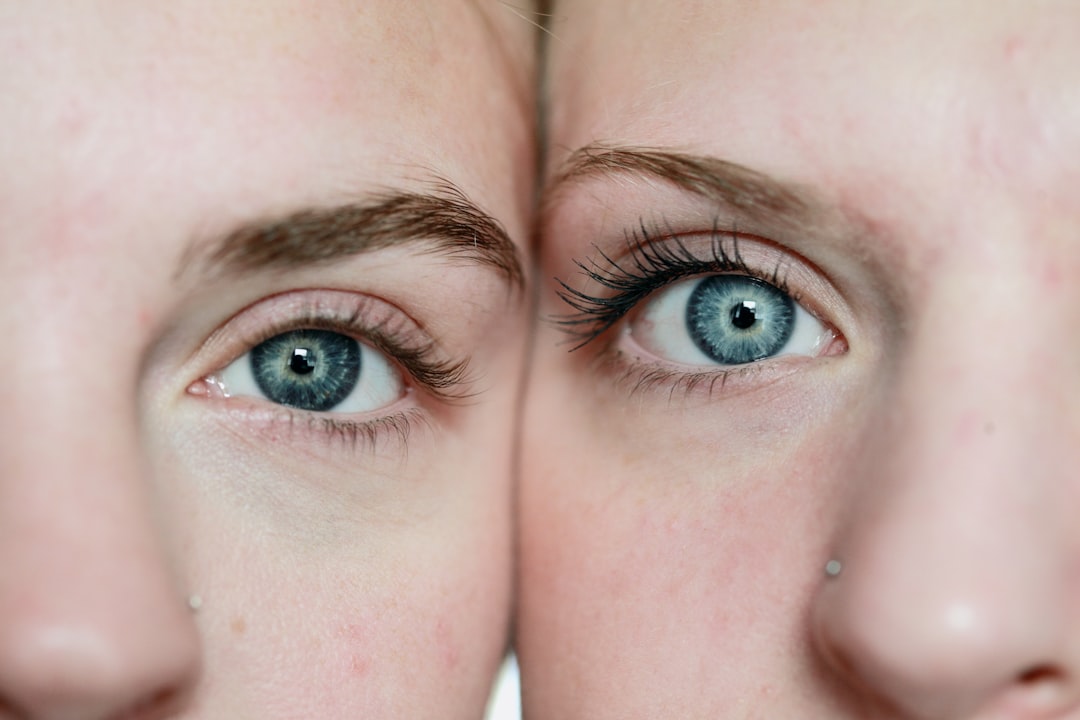
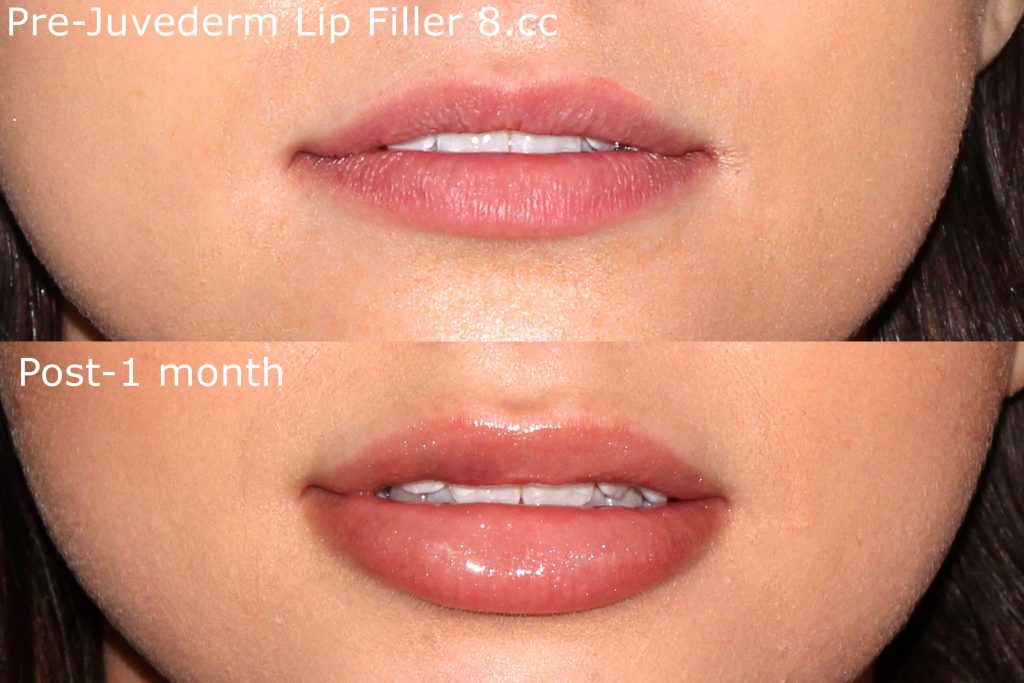


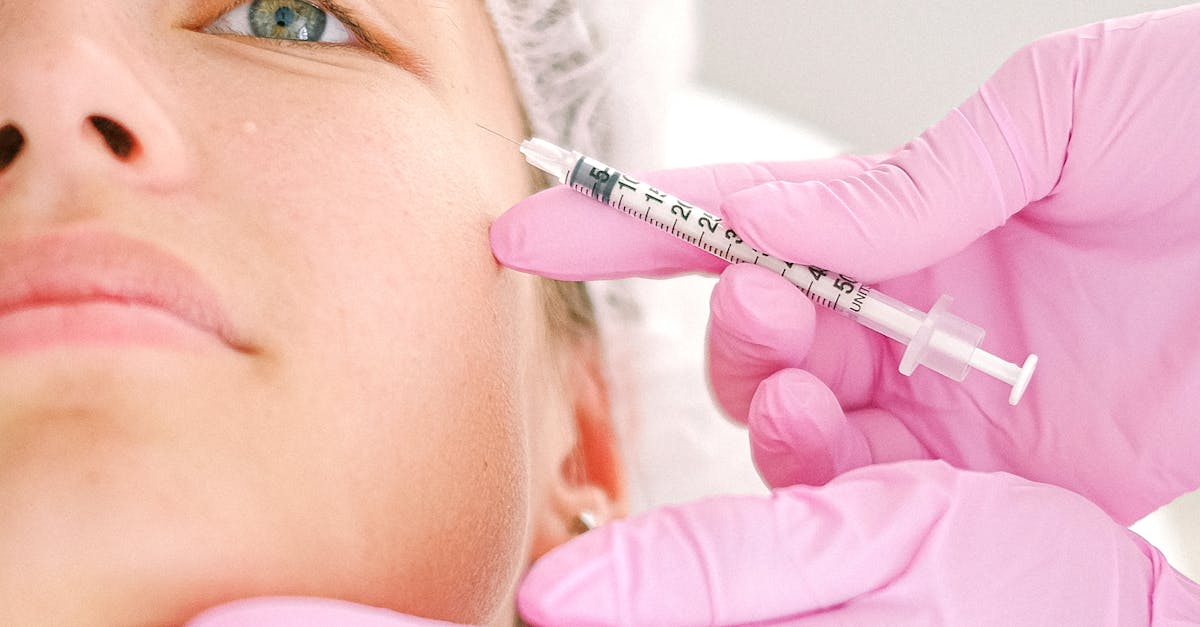

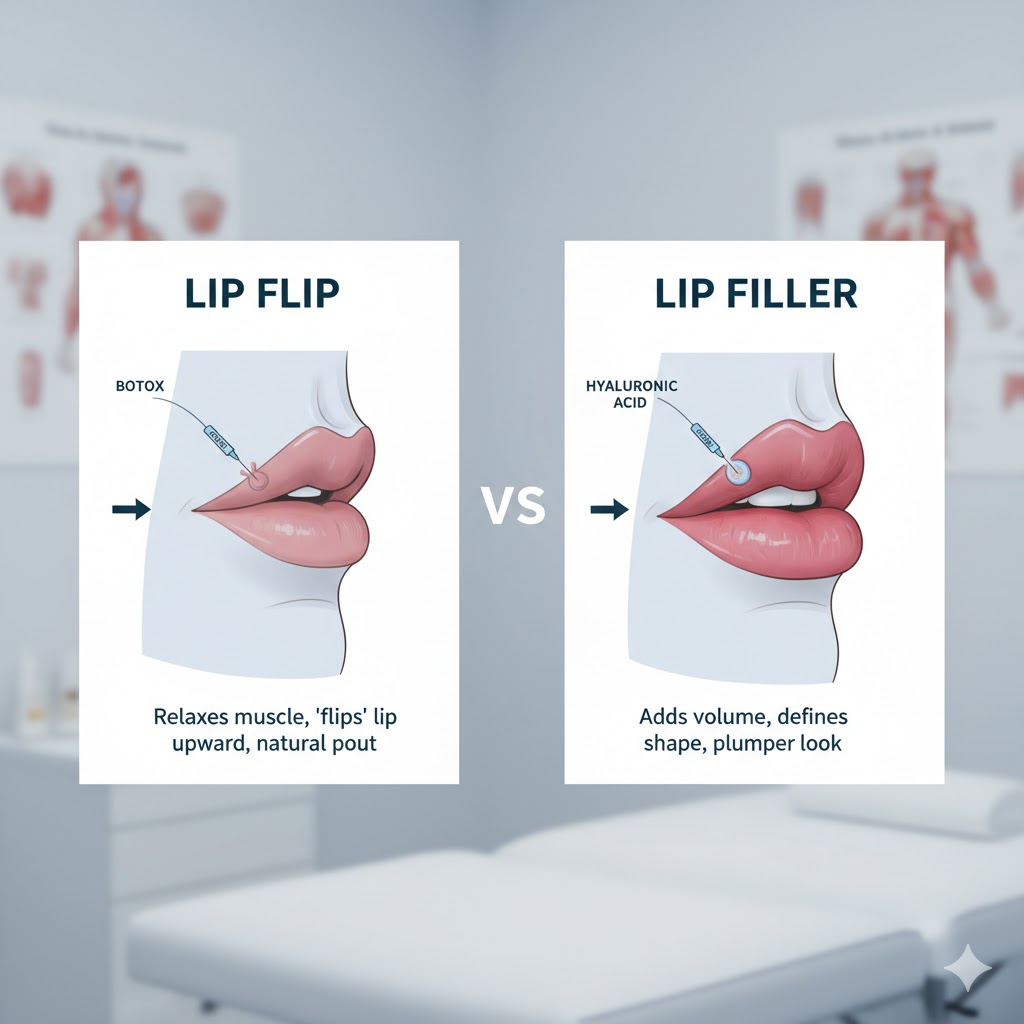



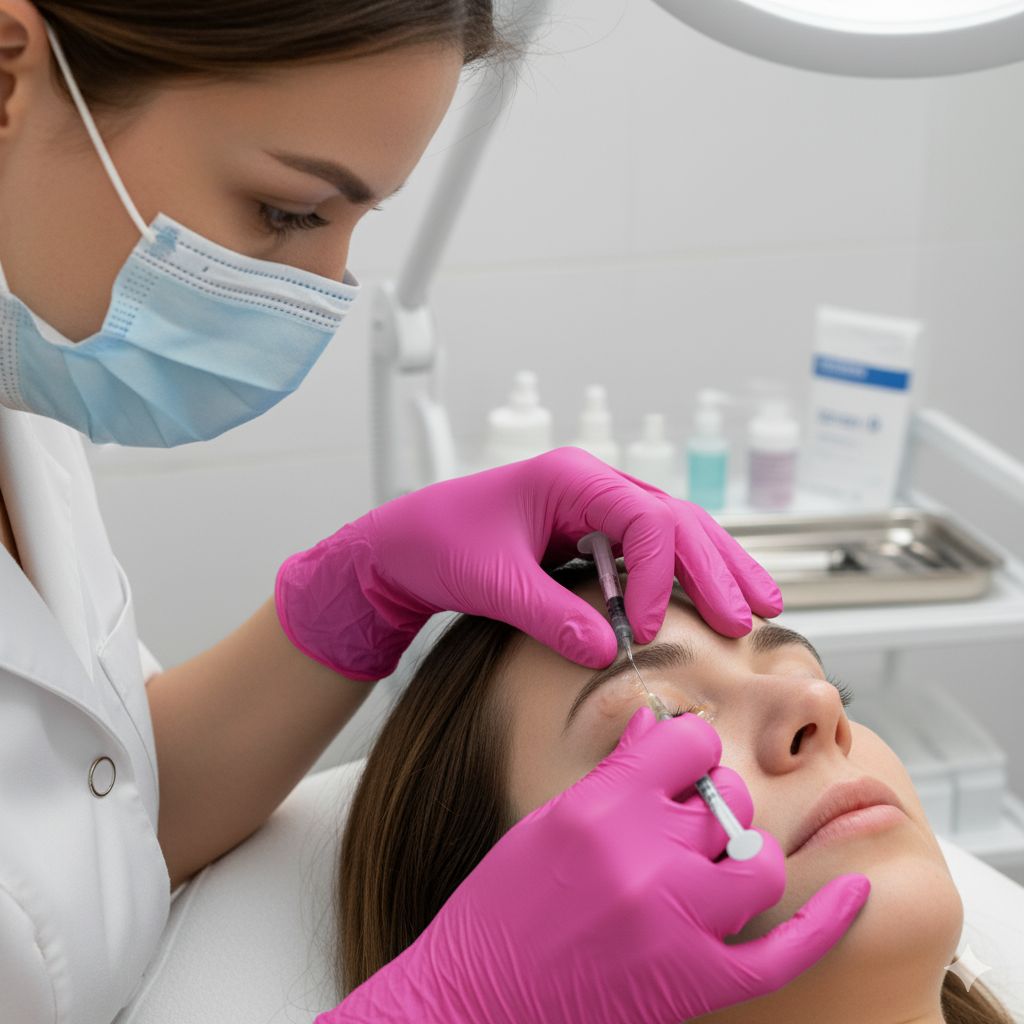
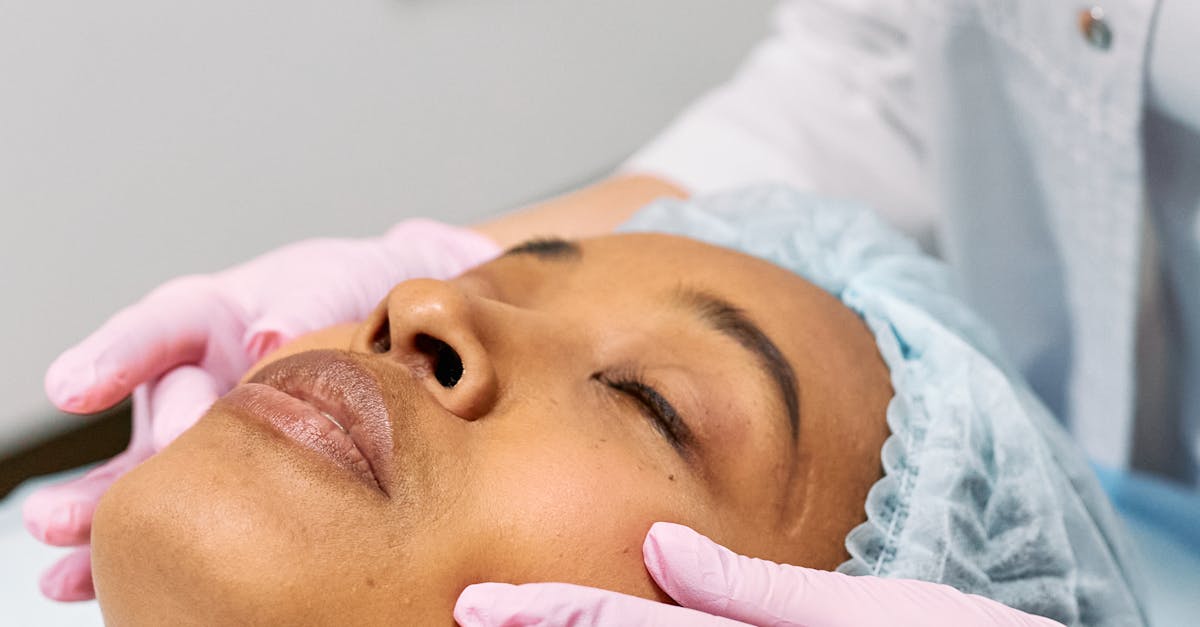

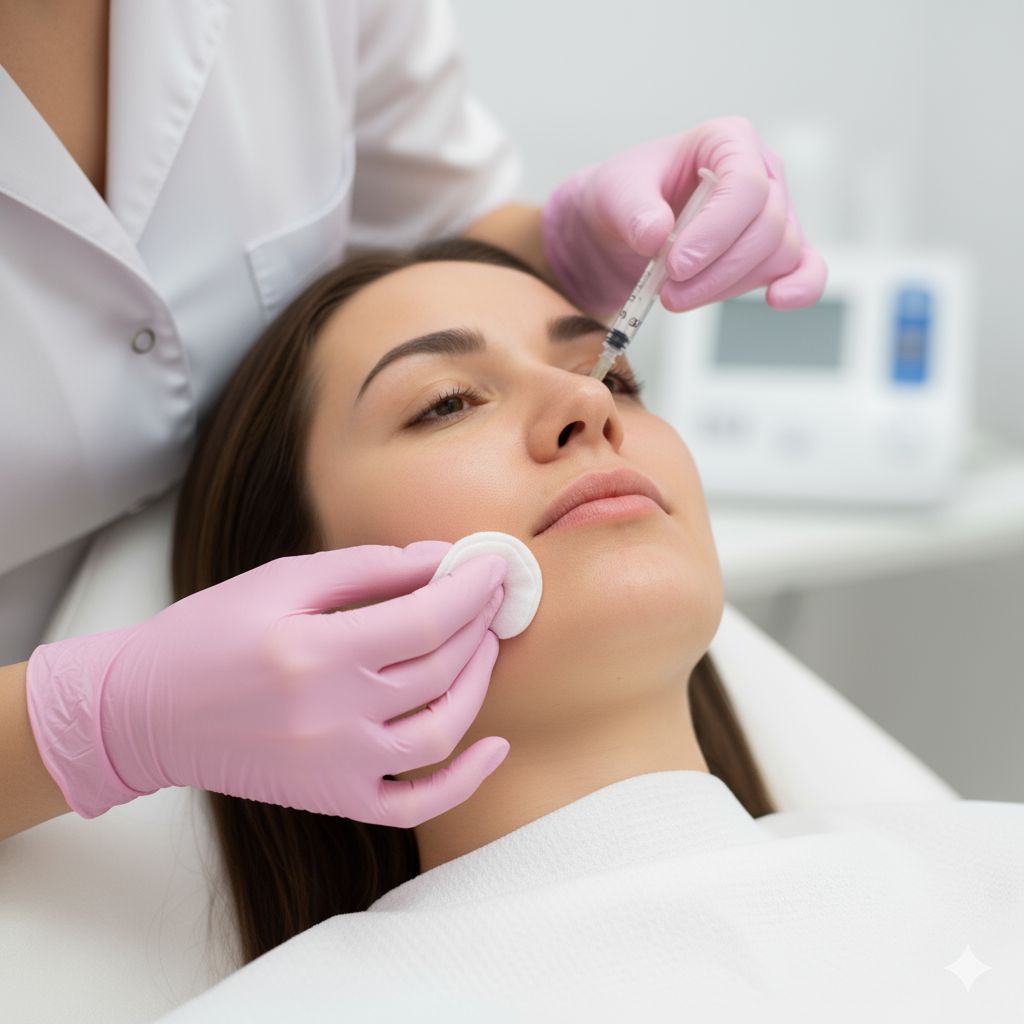



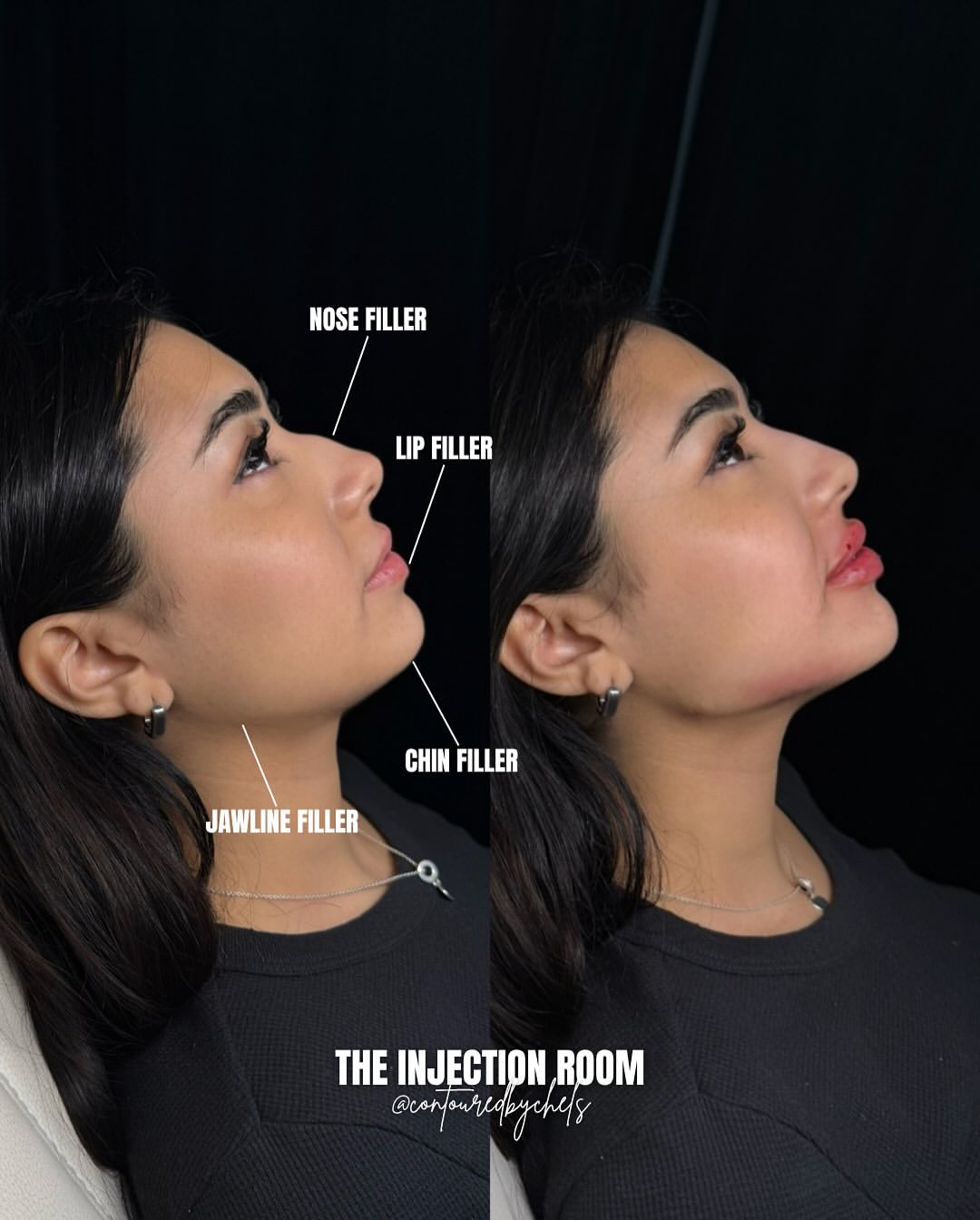
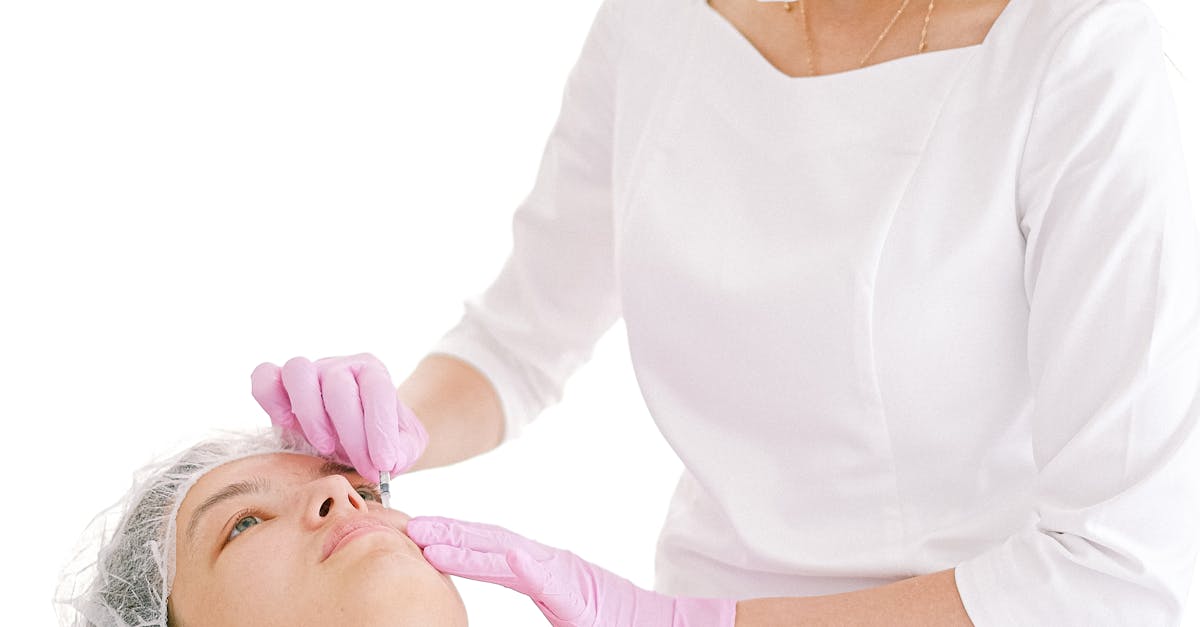



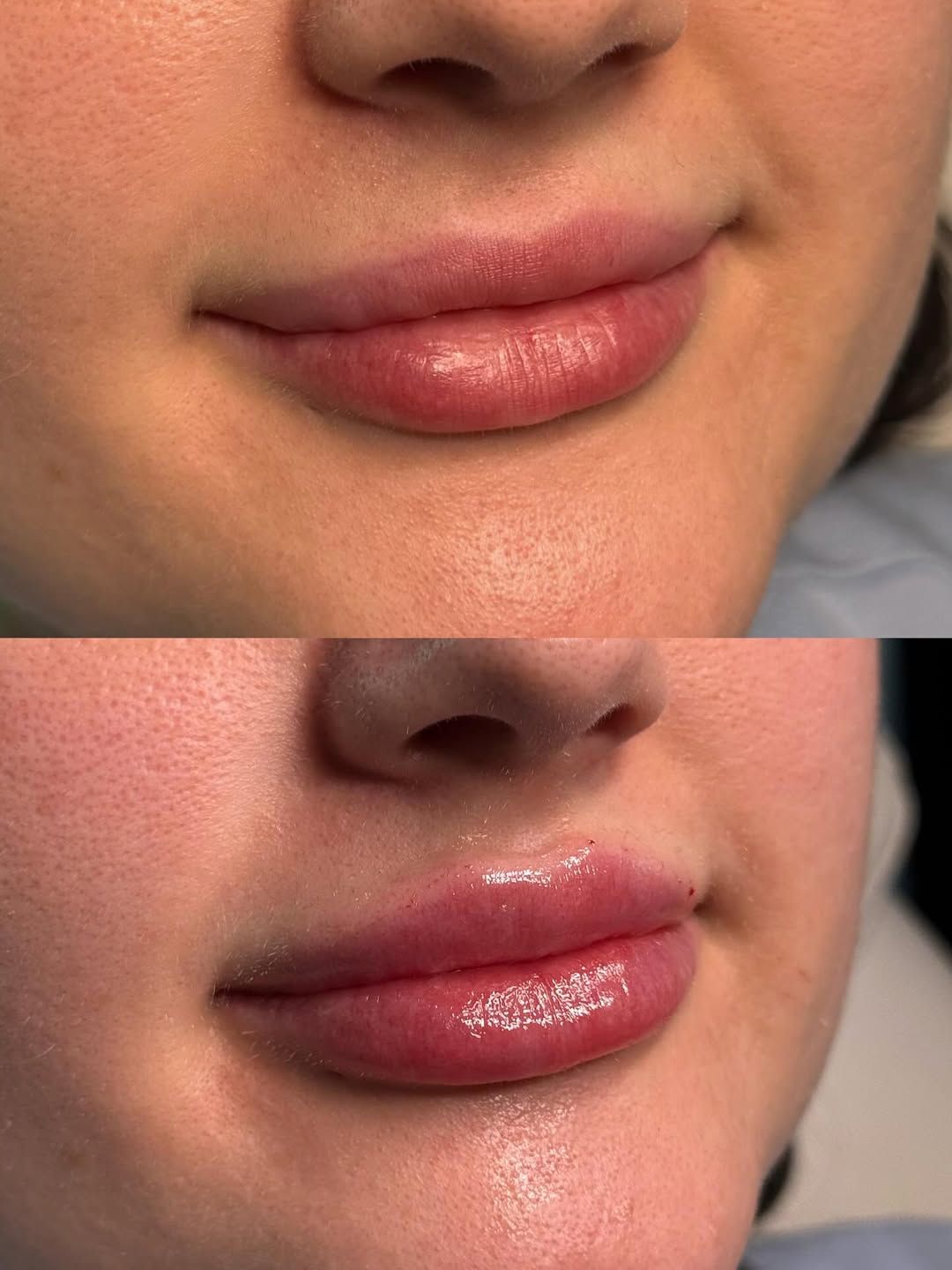
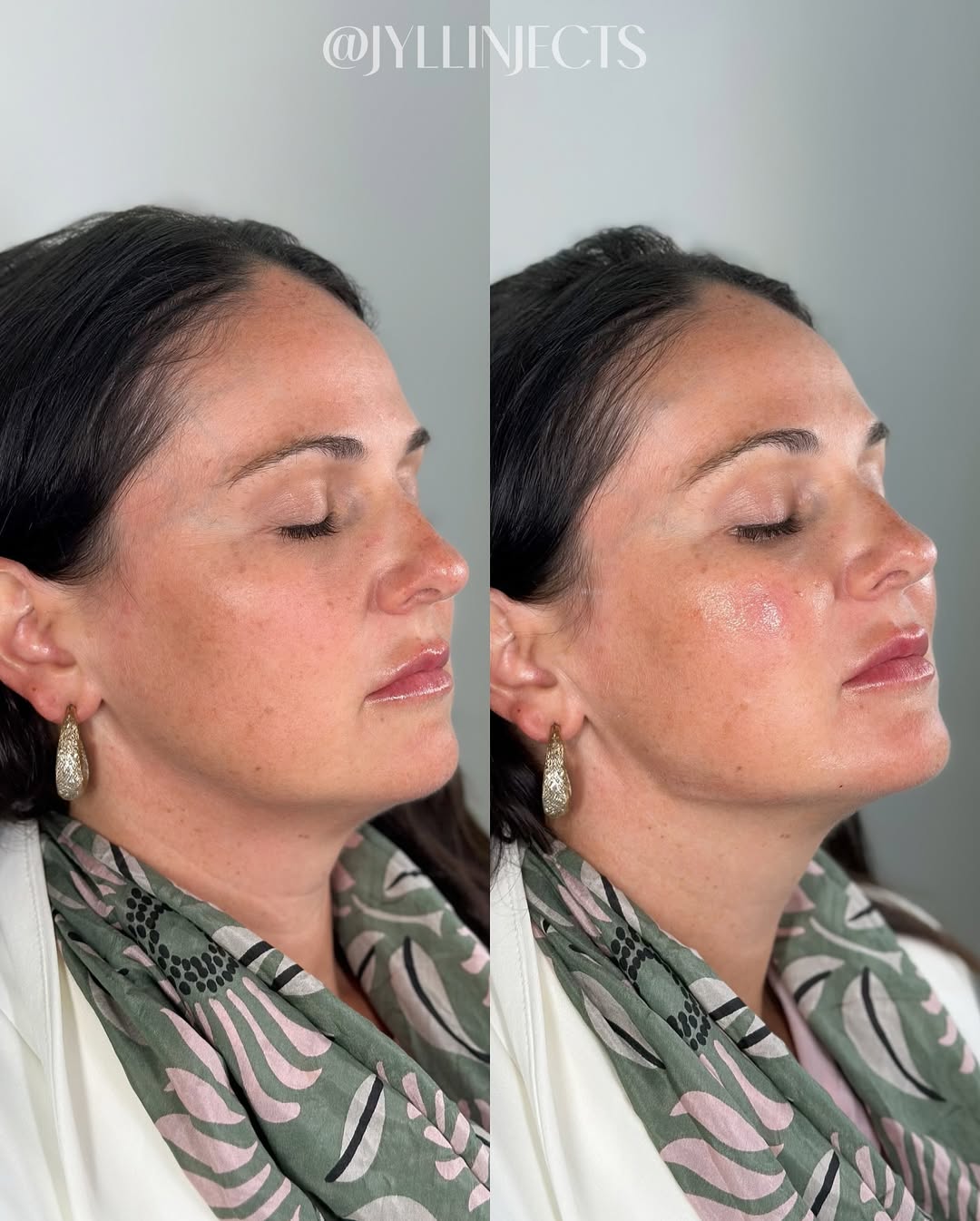




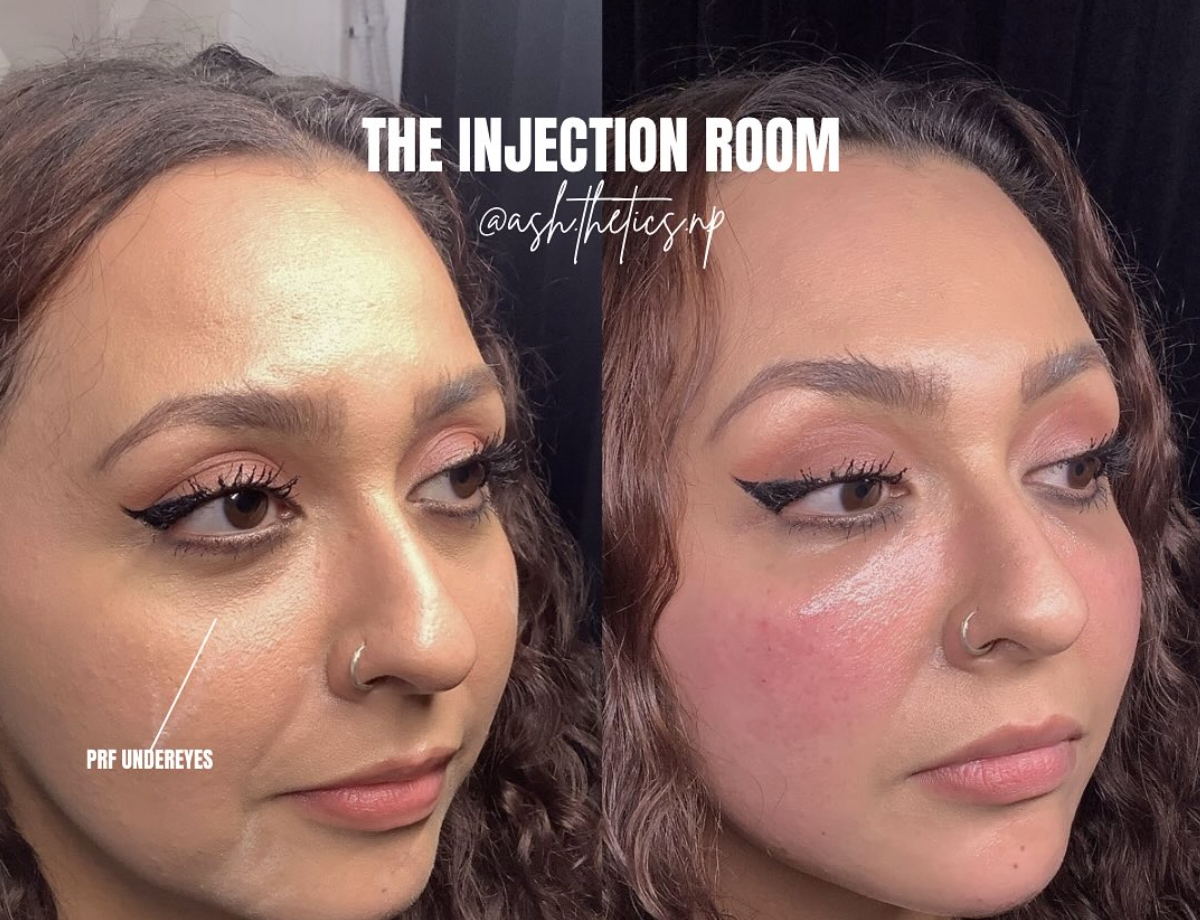



.jpeg)
.jpeg)
.webp)

.jpeg)











